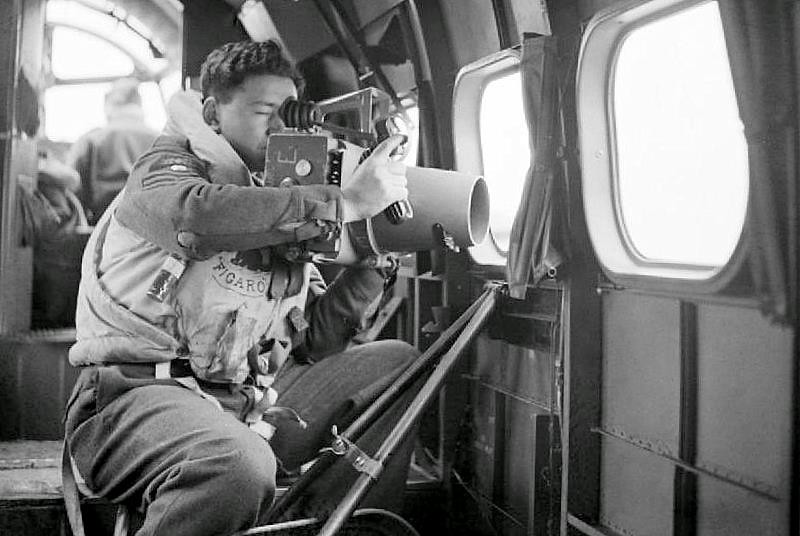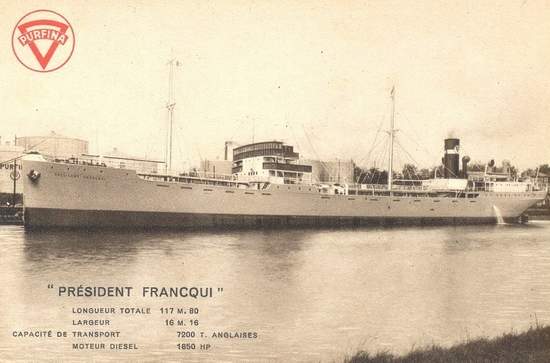U-336 was a type VIIC uboat, built at the Nordseewerke shipyard of Emden between March and December 1941, and commissioned on 14 February 1942, under the command of Oberleutnant zur see Hans Hunger.
The boat left Kiel on 12 November 1942 for her first war patrol, but collided with the escort minesweeper M 1906 and had to return to base. Hunger and his men sailed again at the end of the month, crossing the North Atlantic south of the Far Oer islands and patrolling the waters north of the Azores.
They met the Belgian vessel President Francqui: the 4,919-ton tanker was a straggler, damaged by U-225 during the attack on convoy ONS-154. U-336 administered the coup de grace to ship, and took her master prisoner. No further enemy targets were encountered, and the uboat safely reached Brest on 8 January 1943.
From March to July, U-336 sailed for two more patrols, 41 and 71 days respectevely, but didn't sink any Allied ship.
Her fifth patrol though, was to be her last: she left Brest on 14 September 1943 and took up a patrolling position south of the Denmark Strait. On 5 October 1942, the uboat was caught on the surface by a Lockheed Hudson of No. 269 Sqn, operating out of Iceland bases. The Hudson attacked and sank U-336 with its rockets. The uboat was lost with no survivors.
President Francqui remained the only ship sunk by U-336. The fate of this uboat clearly shows how life expectancy for the German sailors had shrunk by the end of 1943, and how Allied air superiority had turned the tide in the Battle of the Atlantic.
This series of photographs were shot onboard a Hudson of No.269 Sqn during routine combat patrols in the North Atlantic
 |
|
|
 |
| Conditions in Iceland were very harsh: these aircraft belonged to No. 241 Sqn |





